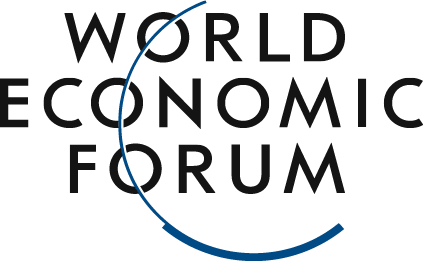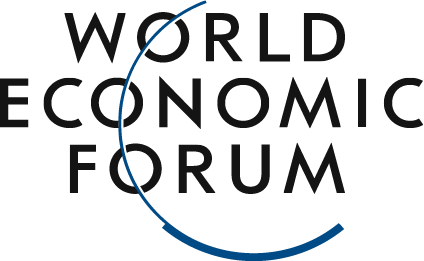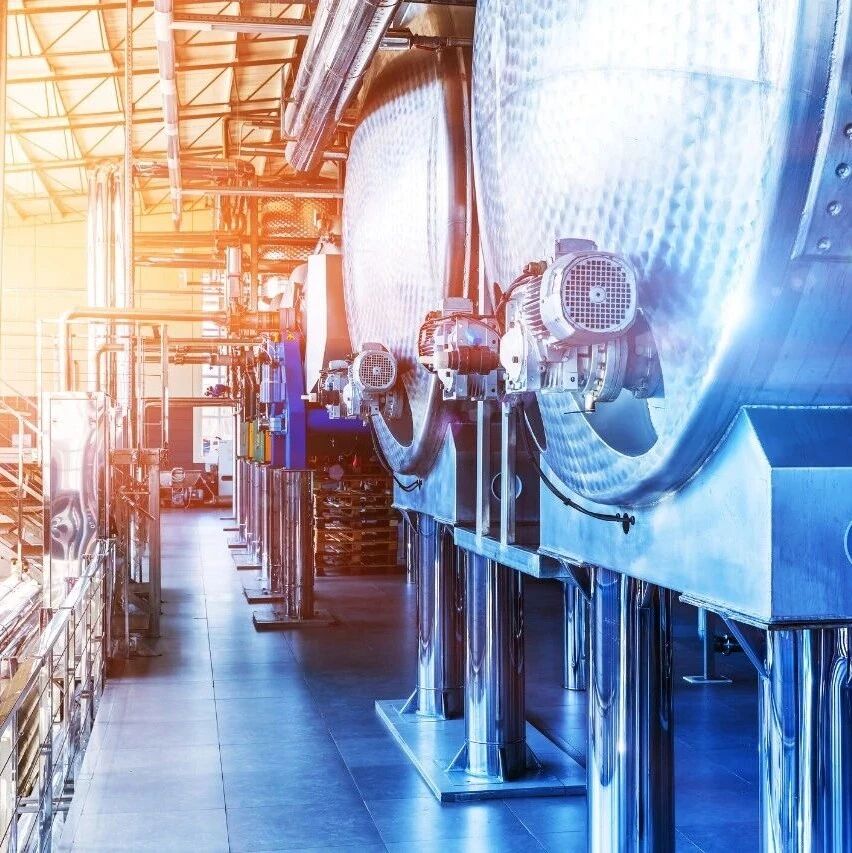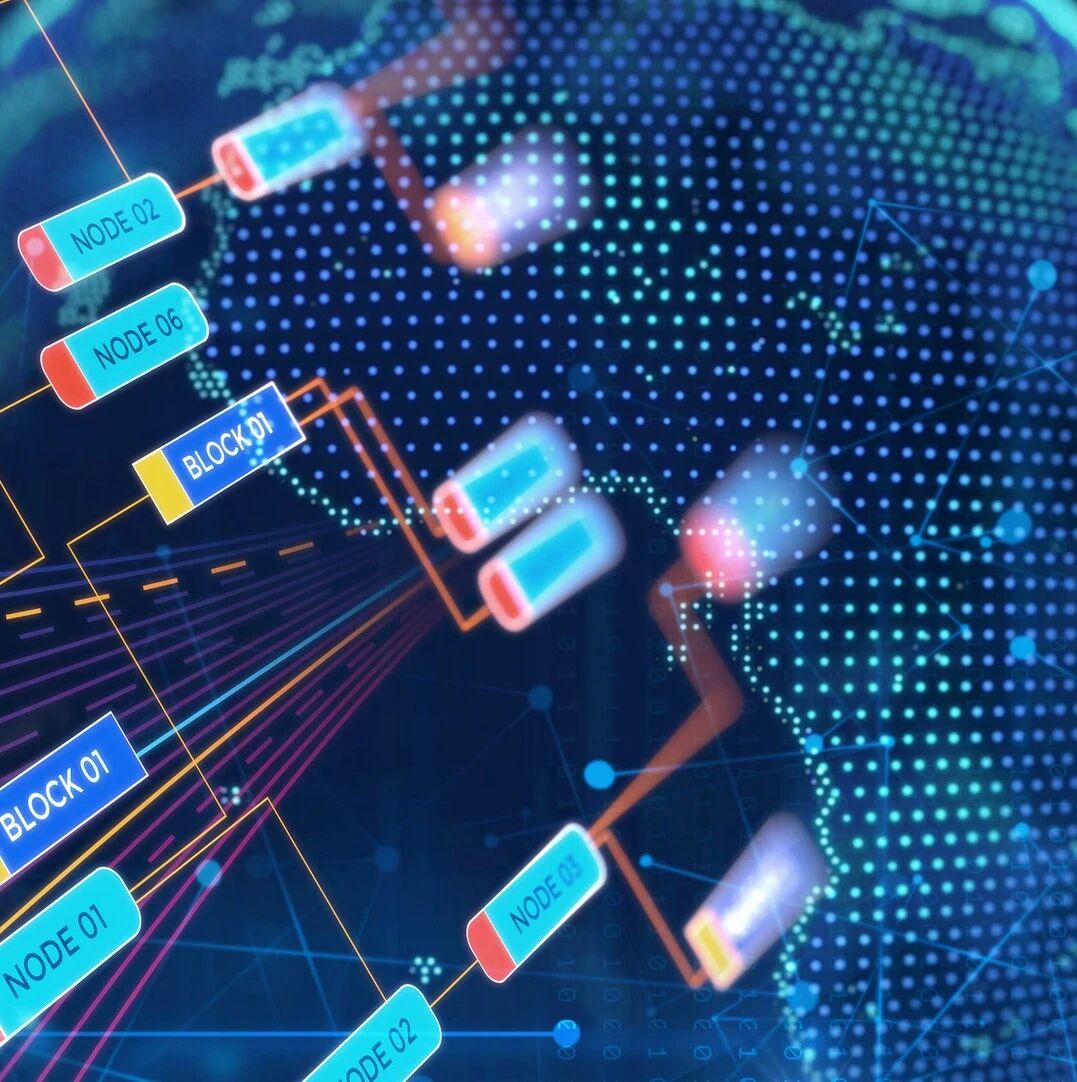Image source: Flickr
Prasad Thakur
Alumni of the Indian Institute of Technology Bombay and the Indian Institute of Management
Labanya Prakash Jena
Senior Manager and Head of the Sustainable Finance Center at the Climate Policy Initiative
Green hydrogen will be a key driver in achieving net-zero emissions, but the necessary infrastructure must be developed.
Green hydrogen trade tariffs need to be reduced, and coordinated policy standards should be implemented to further facilitate the flow of goods.
We must shift from subsidizing fossil fuels to promoting green technologies.
Green hydrogen (GH2) is expected to become the next-generation low-carbon solution, driving decarbonization in hard-to-abate industries, long-haul transportation, and the agricultural sector. All major economies— including the United States, China, Japan, Germany, and India—are already ramping up green hydrogen initiatives to reduce their carbon footprints. Notably, these countries have announced significant investments in green hydrogen to meet the rapidly growing demand for large-scale exports.Unlike renewable energy, green hydrogen derivatives are expected to enable convenient storage and supply—even over long distances. According to the International Energy Agency (IEA), the growth of the green hydrogen market represents a critical step toward enhancing global energy security and accelerating the clean energy transition. Currently, the global green hydrogen ecosystem is still in its early stages, making it essential to prepare for the establishment of an efficient, transparent, and equitable trading system—crucial for paving the way toward an early achievement of net-zero emissions.Trade-related costs will be a key factor influencing the development of the global green hydrogen supply chain. According to a recently released joint report by the International Renewable Energy Agency (IRENA) and the World Trade Organization (WTO), most WTO member countries impose an average tariff rate of around 5.3% on hydrogen—including all forms of hydrogen, including green hydrogen—slightly higher than the rates for ammonia (4.4%) and methanol (5%). As of December 2023, only 38 countries permit duty-free trade in hydrogen, compared to 47 for ammonia and 53 for methanol. To foster the emergence of a globally integrated and standardized green hydrogen market, establishing low-cost trade regimes that support the flow of goods and services tied to the green hydrogen value chain is equally critical. Currently, just 18 nations allow duty-free trade in fuel cells, while 25 countries exempt compressors, 23 approve steel containers meeting hydrogen standards, 48 authorize pipelines compliant with hydrogen specifications, and 63 permit electrolyzers without tariffs. Clearly, there’s still significant work ahead in this area.2. A Predictable Global Policy EnvironmentIn terms of national policies, only about 30 countries have developed strategic plans for advancing low-carbon hydrogen— including green hydrogen. From 2009 to 2021, just 44 hydrogen-related policies were introduced, mostly in the form of technical and financial support measures, such as subsidies, loans, or tax incentives. As the green hydrogen industry continues to grow, these countries will roll out new policies and revise existing ones, while nations currently undecided about joining the green hydrogen movement will likely begin crafting their own strategies. Importantly, these policies must align with the Agreement on Technical Barriers to Trade (TBT) and the Agreement on Subsidies and Countervailing Measures (SCM). Such alignment will help enhance predictability, consistency, and transparency within the WTO framework, while also reducing cross-border value-chain costs associated with the green hydrogen ecosystem. Meanwhile, international organizations can offer developing countries policy-related technical assistance, fostering greater coherence and harmonization across the global green hydrogen trade ecosystem.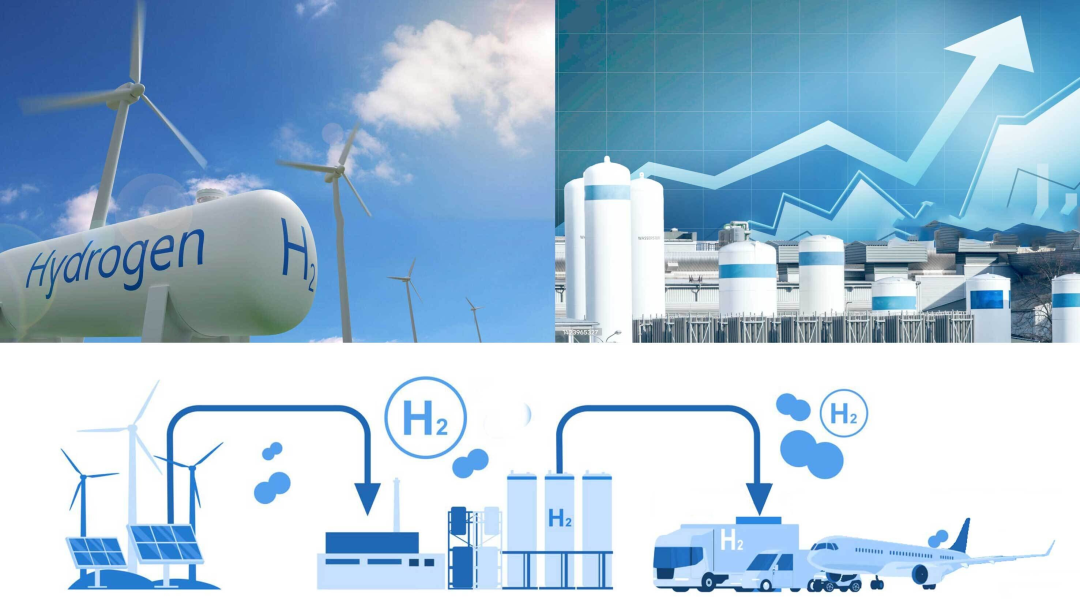
Green hydrogen requires a predictable global policy environment.
Image source:iStock/Andreas Balg/Lyudinka/jroballo
3. Harmonizing quality standards to promote "green" tradePolicies that simultaneously address trade and climate issues are a key example of how governments are adopting interdisciplinary approaches. Beyond tariffs, hydrogen and products derived from hydrogen—such as ammonia, steel, and petroleum-based goods—could prompt governments to establish tax systems based on their carbon content. A prime example is the recently introduced EU Carbon Border Adjustment Mechanism (CBAM), which proposes charging lower taxes on green hydrogen—or ammonia or steel produced using green hydrogen—starting in 2026, compared to their carbon-intensive counterparts. Meanwhile, the U.S. Congress has recently proposed four bills aimed at tackling the issue of levying fees on certain imported goods whose carbon intensity exceeds that of identical U.S.-made products. Other countries are expected to follow suit.Therefore, it is crucial to promote fairness and consistency in national legislation to prevent disruptions in global value chains. A recent WTO-IRENA report highlights that a robust, internationally coordinated "Quality Infrastructure" (QI) system can serve as the foundational framework for the global development of green hydrogen ecosystems. The newly released ISO 19870 provides guidance on the pathways to be adopted for tracking the carbon footprint of hydrogen throughout its journey—from production and regulation to transportation and eventual consumption at end-use centers. Trading entities can leverage this QI system to demonstrate the credibility of their carbon accounting frameworks, while also enabling accredited, independent, and competent organizations to verify the carbon footprint of hydrogen before it enters regions subject to trade-related carbon policies.4. Reform fossil fuel subsidiesTo decisively shift toward a global net-zero pathway by 2050, the hydrogen value chain will require an average of $136 billion annually from 2023 to 2050. By 2030, however, the world is expected to face a significant investment gap of approximately $790 billion. To bridge this critical funding gap and foster a just transition to clean energy, we can gradually phase out current subsidies for carbon-intensive fuels such as diesel, kerosene, and liquefied petroleum gas—while ensuring that the needs of vulnerable communities are prioritized. The funds saved could then be redirected to reduce or eliminate trade barriers associated with products and services that accelerate the adoption of clean energy, creating a level playing field for emerging alternatives like green hydrogen and its derivatives. Such targeted incentives would not only spur green innovation—including advancements in clean technology solutions and adaptation measures—but also drive the commercialization of eco-friendly products and services, ultimately accelerating the global shift to a sustainable energy future.5. International Cooperation in Government ProcurementA proactive, climate-friendly government procurement system can create predictable demand and reduce uncertainties, thereby accelerating the deployment of green hydrogen and related technologies. In this regard, the WTO Government Procurement Agreement and other relevant WTO rules can serve as valuable references to ensure open government procurement markets, ultimately supporting the green hydrogen ecosystem. Enhancing transparency, fostering dialogue, and strengthening global cooperation are critical in preventing trade tensions. While subsidies aimed at meeting local energy transition needs can stimulate investment in climate-sensitive infrastructure and technologies, they also carry the risk of undermining global free trade. Thus, incentive measures must strike a careful balance among economic, social, and trade considerations to facilitate a fair and equitable transition.The ultimate goal of any green hydrogen trade policy framework should be to improve the quality of life for people worldwide. The framework must ensure that global natural resources are used optimally, while also paving the way for the rapid global adoption of clean energy.The above content solely represents the author's personal views.This article is translated from the World Economic Forum's Agenda blog; the Chinese version is for reference purposes only.Feel free to share this on WeChat Moments; please leave a comment below the post if you’d like to republish.
Translated by: Di Chenjing | Edited by: Wang Can
The World Economic Forum is an independent and neutral platform dedicated to bringing together diverse perspectives to discuss critical global, regional, and industry-specific issues.
Follow us on Weibo, WeChat Video Channels, Douyin, and Xiaohongshu!
"World Economic Forum"
